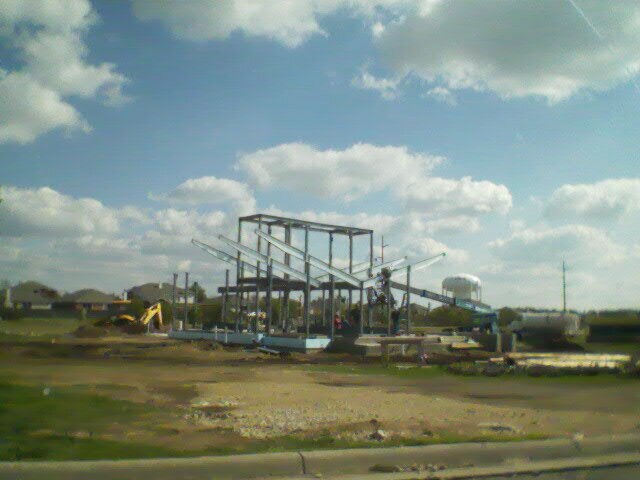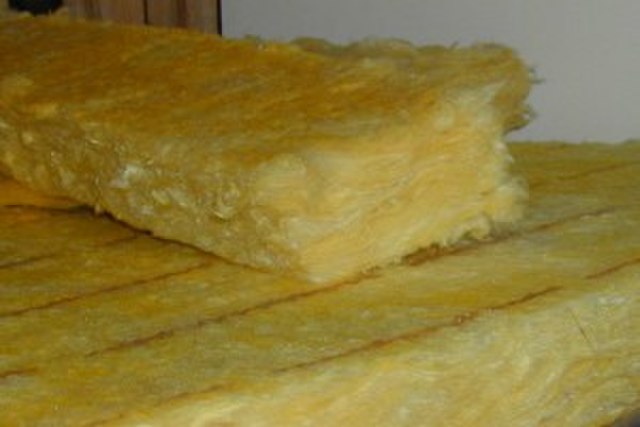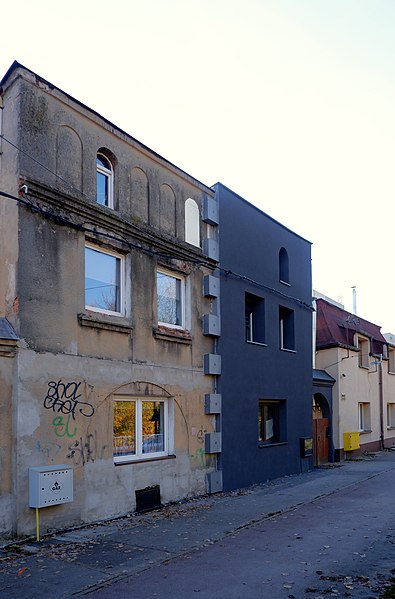A Zero-Energy Building (ZEB), also known as a Net Zero-Energy (NZE) building, is a building with net zero energy consumption, meaning the total amount of energy used by the building on an annual basis is equal to the amount of renewable energy created on the site or in other definitions by renewable energy sources offsite, using technology such as heat pumps, high efficiency windows and insulation, and solar panels.
Zero-energy test building in Tallinn, Estonia. Tallinn University of Technology.
EnergyX DY-Building (에너지엑스 DY빌딩), the first commercial Net-Zero Energy Building (NZEB, or ZEB grade 1) and the first Plus Energy Building (+ZEB, or ZEB grade plus) in Korea was opened and introduced in 2023.
Figure 3: Net Zero Court zero emissions office building prototype in St. Louis, Missouri
Figure 4: Zero-Energy Lab construction on UNT campus in Denton, Texas
Building insulation is material used in a building to reduce the flow of thermal energy. While the majority of insulation in buildings is for thermal purposes, the term also applies to acoustic insulation, fire insulation, and impact insulation. Often an insulation material will be chosen for its ability to perform several of these functions at once.
Common insulation application inside an apartment in Mississauga, Ontario
Mineral wool insulation
A semi-detached house with one half of the facade in the original state and the other half after insulation with polystyrene
Old brick houses in Sosnowiec, Poland, insulated with polystyrene








